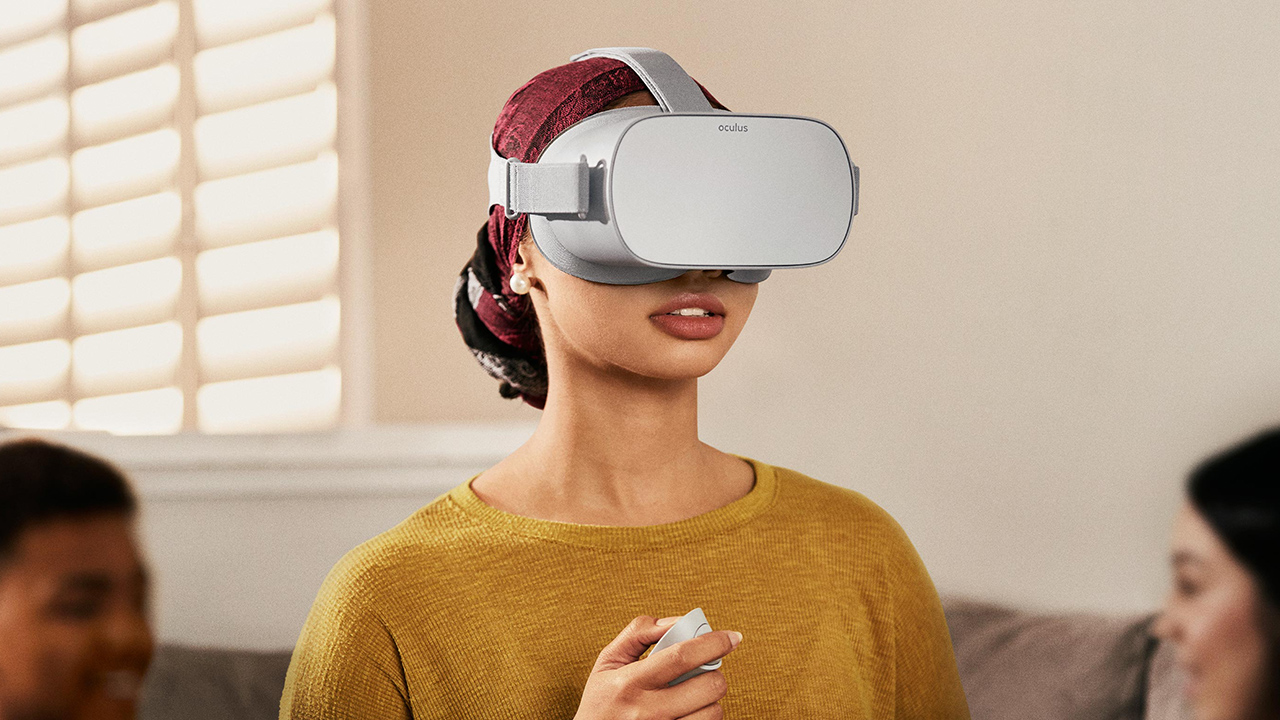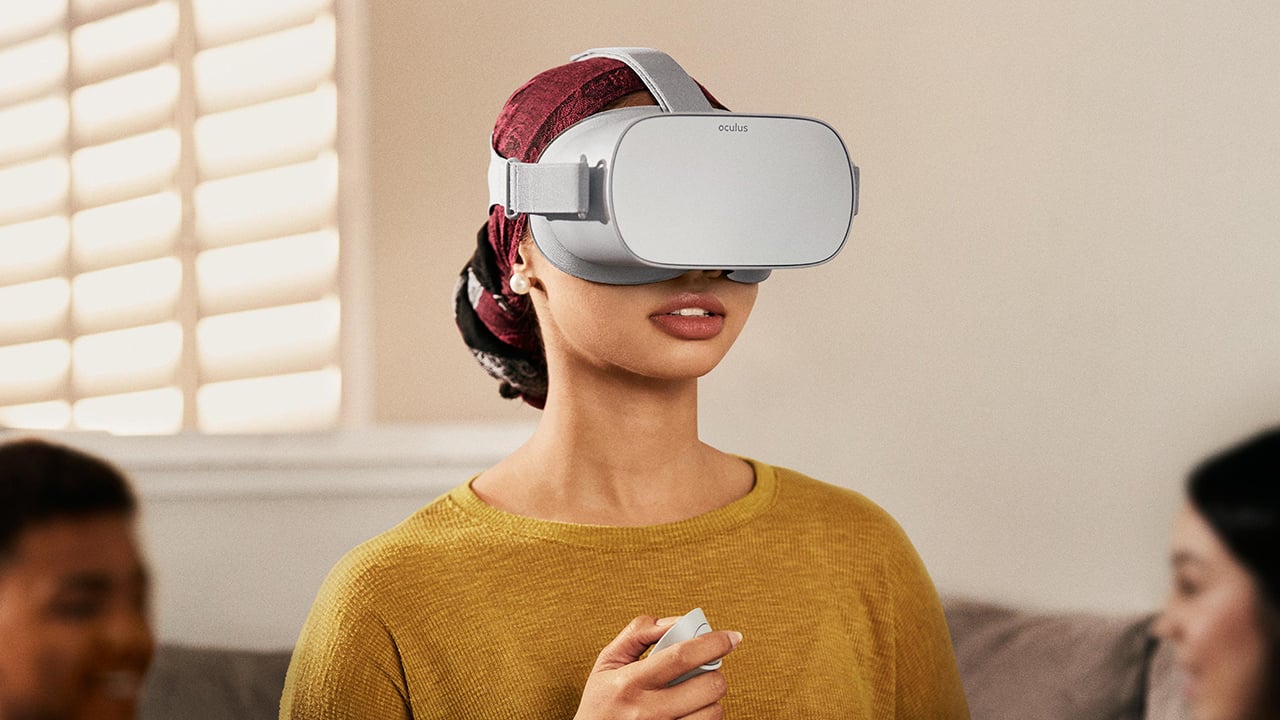

Reports of the death of VR may have been greatly exagerrated.
I first joined the VR industry perhaps at the height of its hype. Surrounding my decision to investigate this new medium were headlines like, “VR Could Change the World,” “VR Is the Ultimate Empathy Machine,” and the ever popular, “20XX: The Year of VR.”
Very quickly, moral panic set in. Somehow VR was going to ruin our children, destroy the fabric of our society and launch us into a future somewhere between The Matrix and Wall-E.
Now, the headline du jour is to claim that VR is dead, dying or in steep decline. A passing fad, a blip.
Despite the doom and gloom, I think there’s still reason to remain positive, to realize this is a dip rather than a decline, and that VR does have a place in the tech of tomorrow.
Let me explain.
‘VR is Dead’ Deja Vu
Forbes recently published an article with the headline, ‘Virtual Reality: Steep Decline Is More Than A Hiccup.’ Although eye-catching and clickable (I did), this dramatic headline is also misleading. Just look at the report upon which this claim is based, entitled ‘VR in steep decline, but outlook remains positive.’ But, of course, that won’t get as many clicks.
The International Data Corporation report predicts this decline to be a “temporary setback” as the “VR market finds its legs.”
Simultaneously, investment in VR and AR is still climbing: 21 percent, year over year, peaking at $2.3 billion in 2017 (CB Insights). So far this year, Facebook has invested nearly $100 million toward its new Oculus hub in Seattle.
Google’s Jump Start program, Oculus for Good, and YouTube VR Creator Labs are still pumping out tools and funding to immersive content creators.
VR experiences are selling for seven figures at Sundance, they’re winning Pulitzer Prizes, and breaking records.
Although there’s more to the health of the VR market than headset sales, let’s talk about those numbers. It’s true that headset sales are slowing down, particularly for mobile VR headsets and PC-based VR headsets. But, that makes sense.
The two top-of-the-line PC-based headsets, Oculus Rift and HTC Vive, are now 2.5 years old. Why would someone spend $400 on a old, nearly antique, VR headset with second-generation versions--like the Oculus Santa Cruz--rumored for release in the near future?
Meanwhile, according to the same IDC report, standalone VR headset sales are up 417 percent, year over year.
I’m aware that today’s headsets--even the recently launched standalone headsets--aren’t high quality enough, comfortable enough, or cheap enough to entice most consumers. And, even if they were, there isn’t enough compelling content available for them.
However, while Forbes and the like dismiss VR in favor of shiny new things, I promise you, the industry is continuing to address all of these issues.
Less Buzz, More Substance
In VR’s earliest days, every announcement seemed big. Big hype, big headlines, big promises. But as the industry matures, overpromising has given way to continual, incremental, measured improvements.
Rather than feeling rushed by consumers and pressured by investors to push out big promises, this period of calm has given a lot of us in the VR industry a chance to regroup, refocus, and devote a necessary amount of time to small details that make big differences.
Instead of announcing 8K 360 video playback, we’re fine-tuning playback technologies.
Creators are constantly building the library of VR and AR content.
Mixed reality headsets like the Magic Leap One are attempting to marry VR with the much-more-tangible-for-mass-adoption augmented reality.
New headsets are expanding fields-of-view, increasing total resolution, and taking steps toward more ergonomic design.
It’s all in the works.
On the same day that Forbes published its article predicting the demise of VR, the CEO of Unity (the engine used to create around two-thirds of all VR and AR applications, and half of all games across all devices, period) John Riccitiello said that, in his mind, we haven’t even seen a consumer launch of VR and AR yet.
Although many headsets have been commercially available, he considers them more like ‘beta’ kits of what’s to come. Not to give one person’s opinion too much weight, I will point out that it was Riccitiello who predicted back in 2016 that VR and AR would experience a “gap of disappointment” where headset sales wouldn’t keep pace with analysts’ predictions. That’s where we are now.
“AR and VR is not yet a consumer smash, although it’s rising and it will ultimately get there,” he said in 2016. And that’s still true.
Disillusion, Not Delusion
No one, least of all me, is claiming that VR met early expectations. It didn’t capture the consumer market as was anticipated, and it was overhyped relative to its lifecycle. We’ve hit a period of disillusionment with the technology, but I don’t think it’s delusional to think that the industry will make it through (and probably be stronger for it).
At this year’s Siggraph conference in Vancouver, there was a presentation titled VR@50: Celebrating Ivan Sutherland’s 1968 head-mounted 3D display system--the first fully functioning 3D AR/VR system. Known as the Sword of Damocles, Sutherland’s headset is widely considered to be the first VR HMD.
Virtual reality has been a long time coming, and we aren’t about to stop. As HTC wrote in response to another report about the death of VR, this one from Digital Trends, “In the VR industry, it’s important not only to move units, but to ensure that we have a growth path for customers and our business over time.”
VR has had to play the long game from the start.
Tags: VR & AR


Comments